Yaesu FT-4X is part of the new range of handhelds from Yaesu that attacks the concept of low-cost outdoor radios. Rugged casings, IP54 water protection and loud speakers are just some of the main common features of these 4 radios. The main differences are size and dual or single band, but you can see more in the table below.
| Yaesu | FT-65 | FT-25 | FT-4X | FT-4V |
|---|---|---|---|---|
| VHF | Yes | Yes | Yes | Yes |
| UHF | Yes | No | Yes | No |
| Li-Ion Battery | 1950mAh | 1950mAh | 1750mAh | 1750mAh |
| Display | Dot matrix | Dot matrix | 6 char alpha | 6 char alpha |
| LED Flashlight | Yes | Yes | No | No |
| Keypad | 3x6 | 3x6 | 4x4 | 4x4 |
| Size (mm) | 53 x104 x30 | 53 x104 x30 | 52 x90 x30 | 52 x90 x30 |
| Weight (grams) | 260 | 260 | 250 | 250 |
As usual with many amateur radio products, your actual radio will have a letter at the end of the name designating the market it is built for: R is for North America, E is for Europe. Differences between the two versions are minimal, mostly related to usable band limits. The radio reviewed here is the European version and is labelled FT-4XE.
The “flagship” of this mini-army is the FT-65, which is supposed to replace the venerable FT-60, now 14 years old and a bit long in the tooth but still very popular. The FT-4X is a trimmed down version of it: physically smaller, with a smaller keypad and a very basic display.
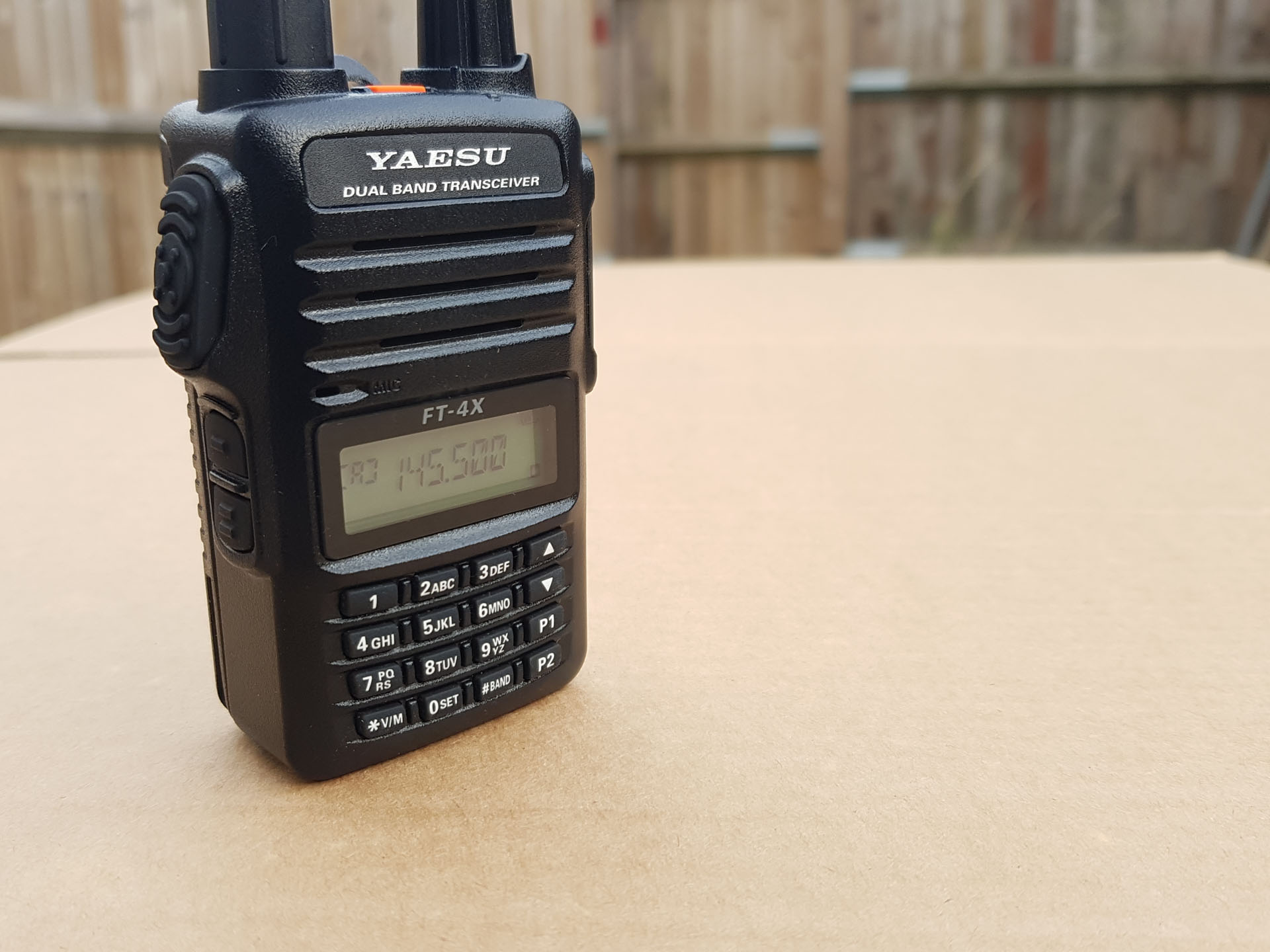
To get competitive, Yaesu took a look at the successful radios in the value range (like the Baofeng UV-5R) and adopted some of their features for this new family of handhelds. Reverse SMA antenna connector, alarm or FM receive are all reasons why people hurried to call these “rebadged Baofengs”. I plan to find out if this is true below.
All the radios in this new Yaesu series use the same antenna, charger and accessories but the batteries are different on the bigger models and wouldn’t fit. The FT-65 and FT-25 also have the option of an upgraded 2500mAh battery.
A programming cable is available from Yaesu, as well as a tiny speaker mic or a VOX earpiece.
What’s in the box
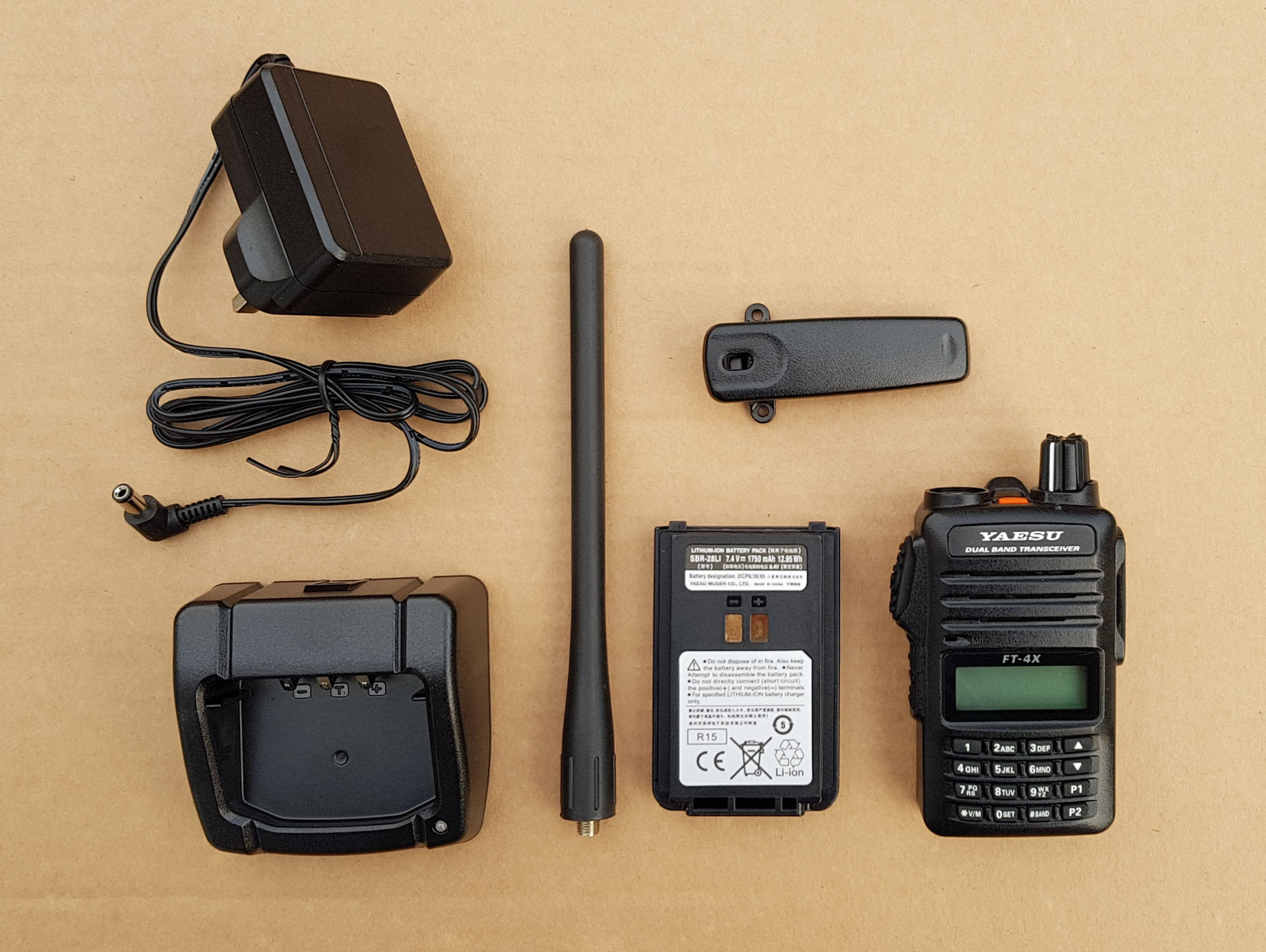
The FT-4X box includes the radio, SBR-28LI 7.4V 1750mAh battery, SRA-15 antenna, SHB-18 belt clip, SAD-20B AC adapter, SBH-22 desk charger, operating manual and a lithium battery safety warning.
User Impressions
At a first look the FT-4X is small, solid and has good build quality; the speaker is surprisingly loud and audio is reasonably clear. The PTT button is angled and has a good feel.
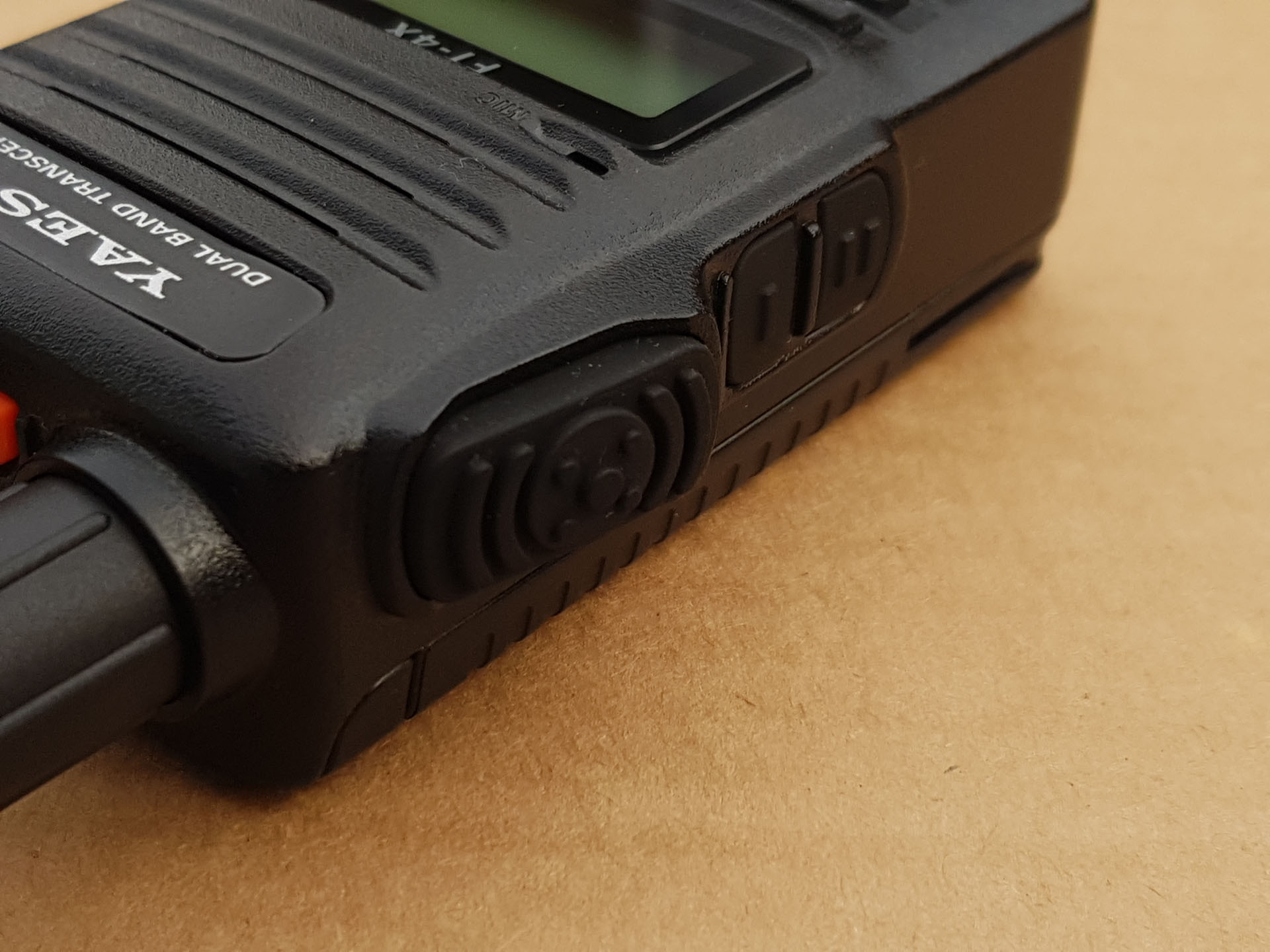
This radio has IP54 intrusion rating. Translated to plain english, the unit is protected against intrusion of particles larger than 1mm and against liquid spray up to 60° from vertical. So, some fine dust may get in at some point, but no water when it’s raining.
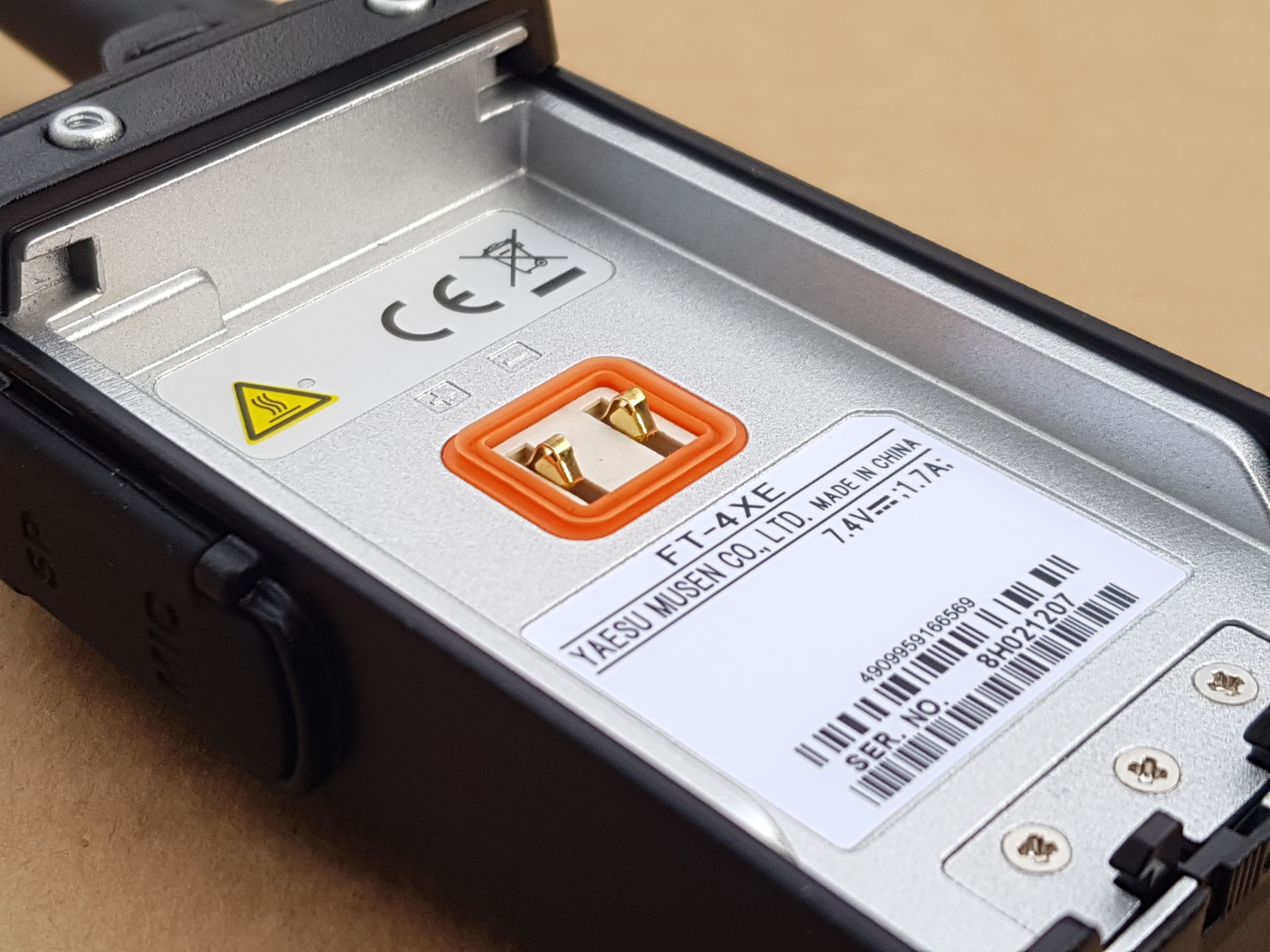
Rubber gaskets are used all around (even for the battery terminals), so I’m pretty sure the rating is very genuine and you’re safe to take it out in the rain.
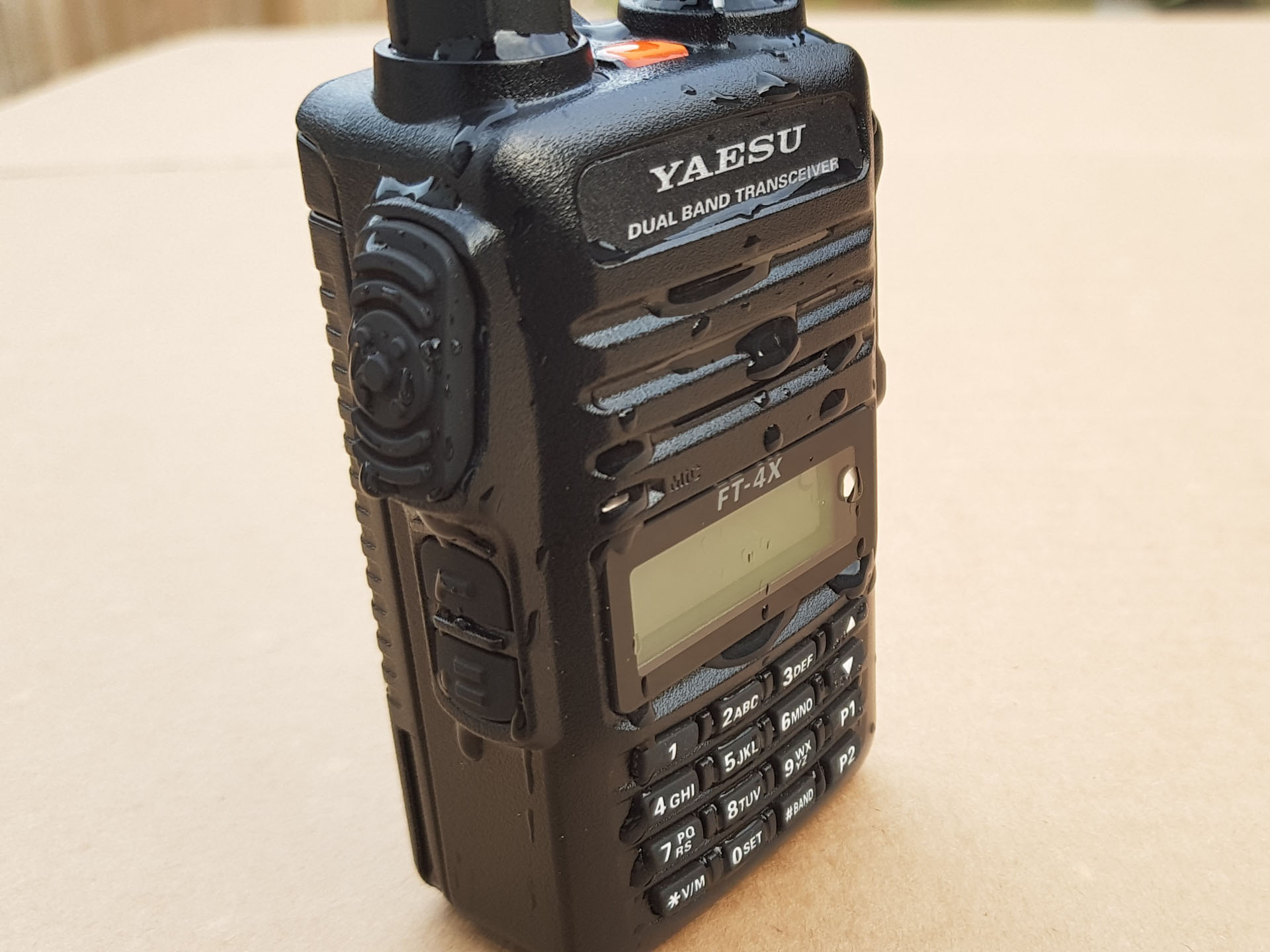
The tiny latch that keeps the battery in place is a bit too hidden and looks small and fragile. You will have troubles removing the battery with gloves / frozen hands and might break if radio is dropped. There aren’t too many reasons to remove it though.
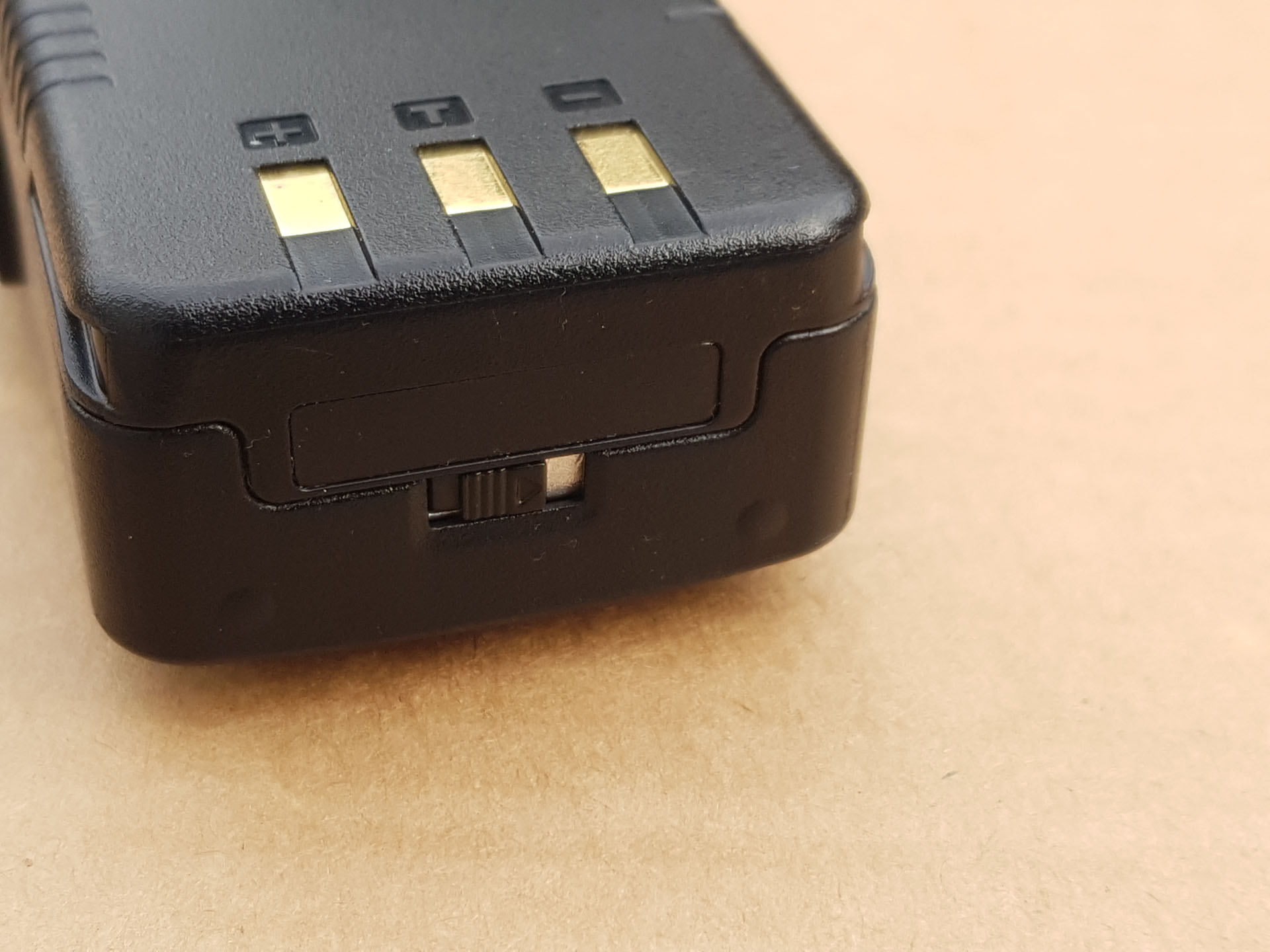
Quickly testing the front-end performance in a bad RF environment and comparing to my other handhelds, my impression is it does OK. It did better than the Baofeng UV-5R or the Kenwood TH-F7E (called TH-F6A in North America) and seemed to be on par with the Kenwood TH-D7E. This is subjective and not a real measurement.
The FT-4X has a “real” S-meter, in the sense that it has 12 different steps (0-11). Probably it’s way-way off the (6dB/step and -93dBm for S9) standard, but it’s still a useful indication when looking for a better signal, for example.
There is no dual-receive but it has 2 VFOs and does dual-watch. Does cross-band split (satellite guys are now happy) but the minimum step is 5kHz (satellite guys are not happy anymore). Contrary to my initial impression, it looks like on the FT-4X you can actually save cross-band split channels to memory, but not on the FT-65. You can do this either by using a programming cable or with a procedure described in the Advance manual (link further down in this article).
To go into FM broadcast receive mode, you need to use VFO B or Memory mode and type in the frequency. VFO A doesn’t seem to be able to receive FM broadcast. For values under 100MHz you need to start with a 0, for example 090.300 for 90.3MHz. Good thing is it can also receive in the 4m (70MHz) band.
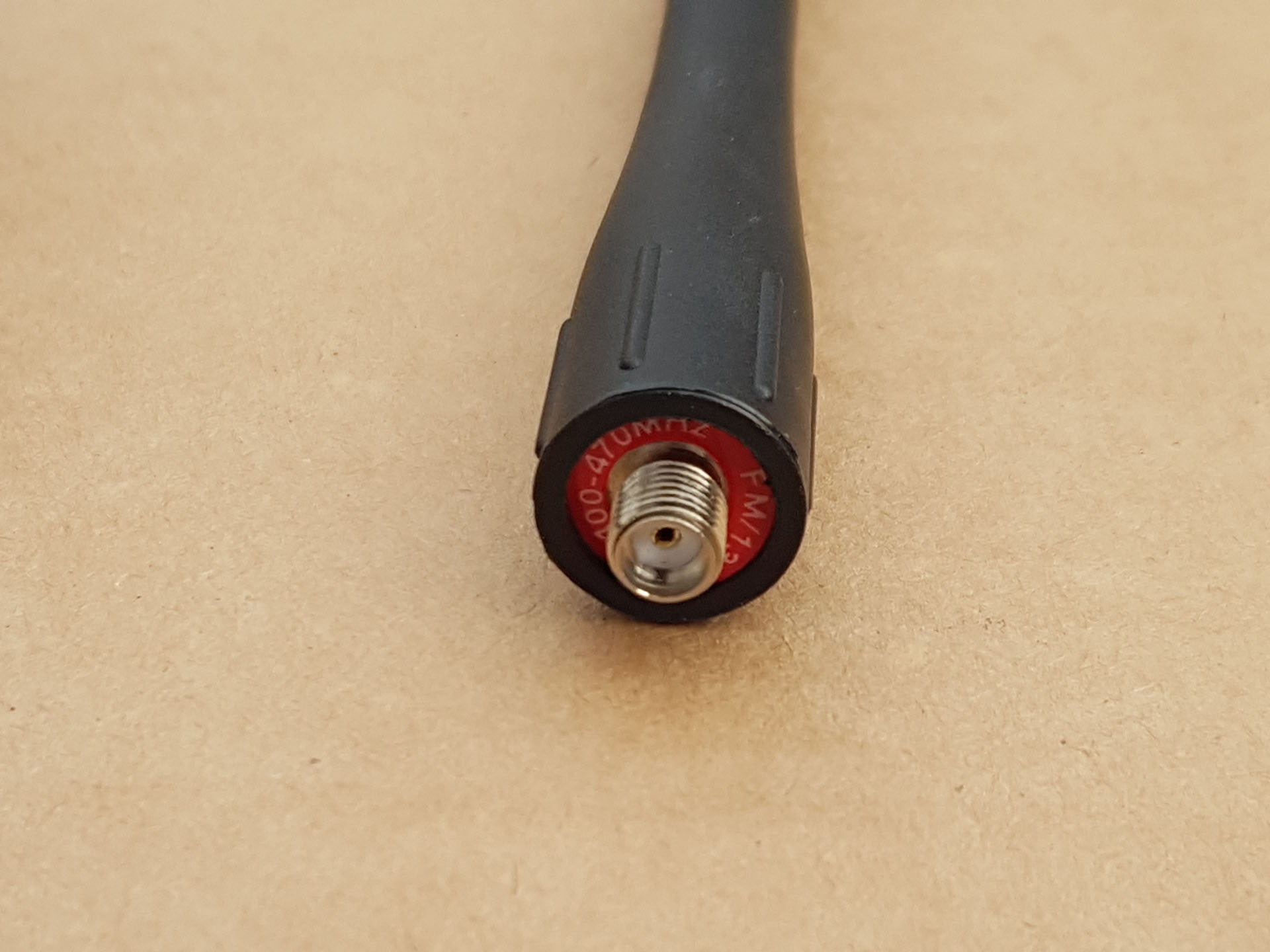
Installing the stock antenna, I noticed this doesn’t make proper contact at the SMA center pin, I think they went for the cheap stuff here. Just a minor mechanical issue, fixable, but it can kill the final stage. A very serious problem overall !
There is a T-CALL button next to the PTT that transmits an 1750Hz tone and there is also an Emergency button that puts the radio on the Home frequency and activates some sort of alarm: this makes the display light blink SOS in Morse code. The T-CALL button can be repurposed from the menu to the MONI function, which opens squelch when pressed; much more useful.
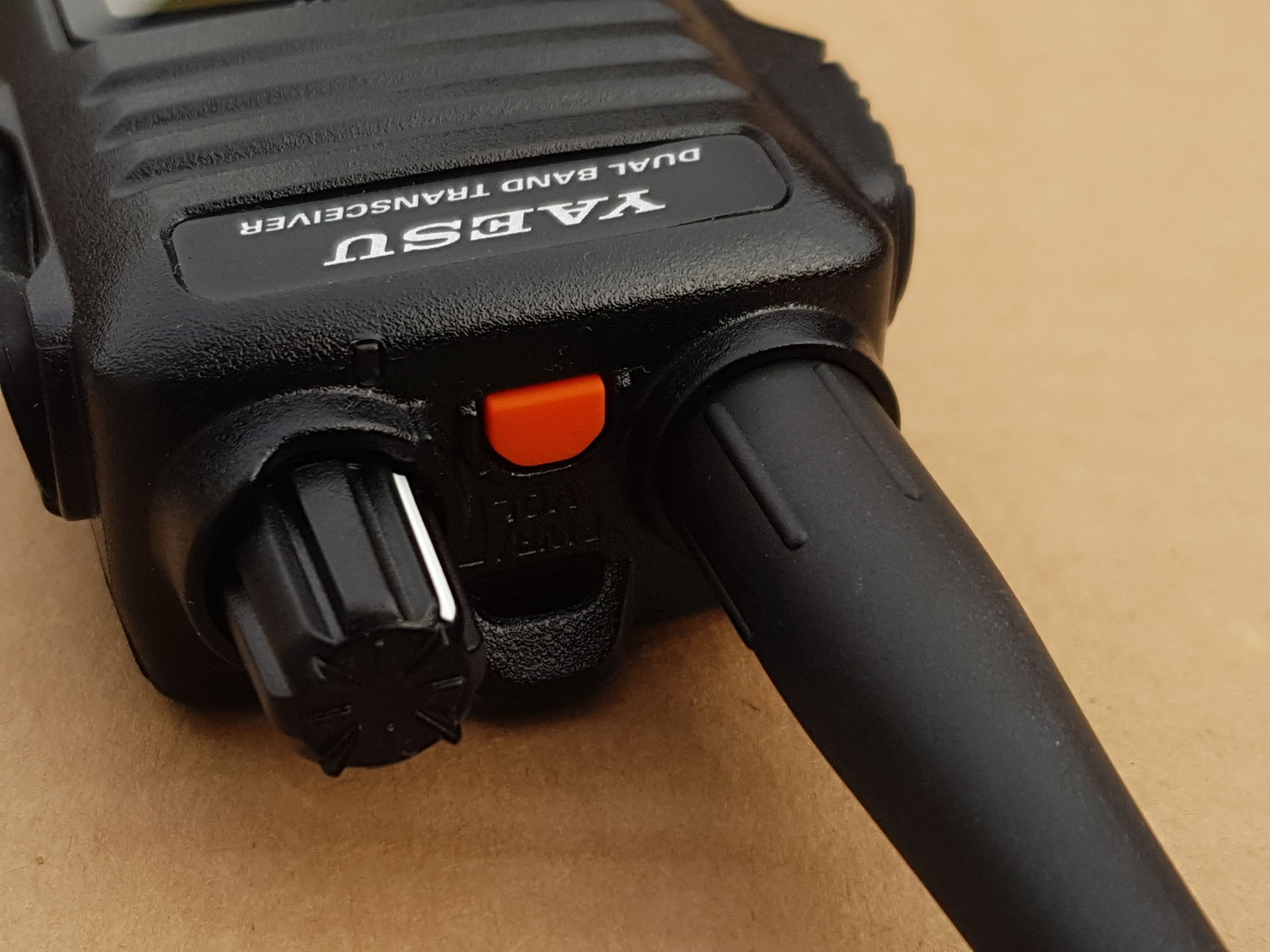
Keypad buttons are small, rubbery and soft, have a lot of travel and there are guards between each column. This makes the keypad very hard to use, vastly inferior to the Baofeng and about any radio I’ve ever had. For outdoors people, there is no chance to use the keypad with gloves.
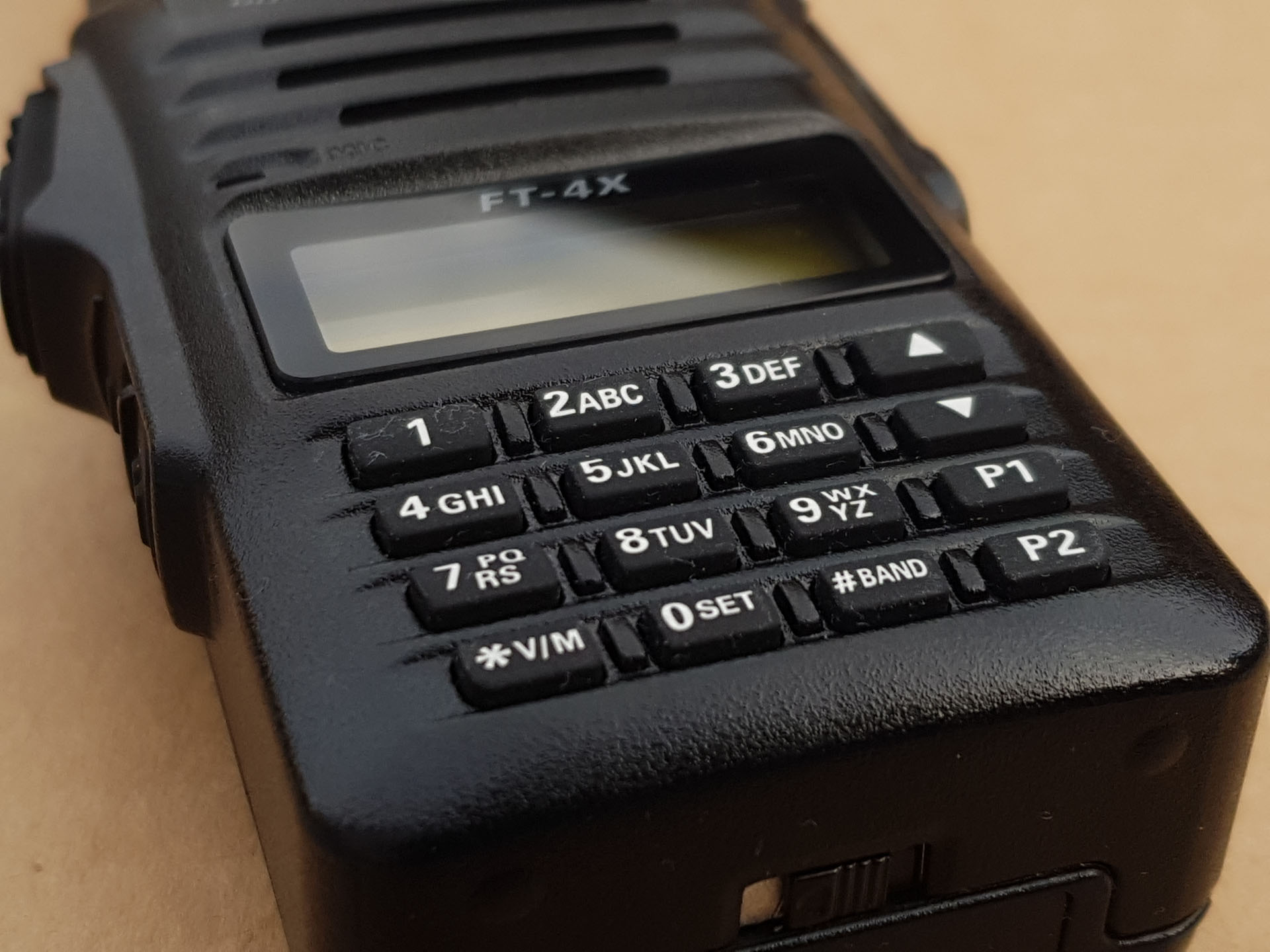
More bad: the Function key (also used for entering the menu) is on the side, next to PTT and T-CALL. When in the menu, short press on that key is OK and long press is Back. The manual actually says to use PTT for Save (!). This is extremely bad in terms of user interface and also a bit reckless (even if Yaesu has been doing it for years).
Even more bad: the menu is sorted alphabetically so related functions are not grouped together. DCS at 10 but Repeater Shift at 31, because it’s fun to go up-down through the whole menu for two repeater-related functions, with that awful keypad, on that awful 6-character alphanumeric display. If you want to change the repeater shift from 7.6 to 1.6 for example, you’ll have to keep the Down key pressed for about a minute, as you can’t type the value in. CTCSS is actually under 38. TN FRQ (use V/M to switch between R and T values) and you enable transmit CTCSS from 36. SQL TYP (yeah, makes no sense). If the guy that thought that out would build a car, it would have the brake pedal in a submenu at number 17 and it would require about 6 key presses to enable it.
To make things worse: there are no shortcuts for frequently used menu settings and no quick access, all you have is scrolling with the tiny up/down keys through the 45-item list. The keypad supports secondary (Function + key) and tertiary (long press key) functions, but most of them are not used for anything. To change the output power for example, you’ll have to go deep in the menu, apparently it’s not important enough to be a secondary function. And if you happen to need one of the very few secondary functions you’ll have to remember them by heart, because there is no symbol on the keys that tell you what other functions they support.
Awkward: on the FT-4X the menu item 28 RF SQL is supposed to adjust squelch level, with settings from OFF to S9. However, there is another setting for Squelch Level that you access when you press F and then T-CALL, with options from Level 0 to 15. Both affect where the squelch opens, but it’s not clear what’s the difference.
Silver lining: the keypad is illuminated and you have two programmable buttons. Haven’t tried them yet, but one of them will probably be the output power level. There is also an Automated Repeater Shift (ARS) function that will … automatically enable repeater shift whenever you are on a bandplan repeater frequency. This doesn’t work very well for the UK on UHF but it helped in about half of the situations.
The standard printed manual is not great. Lacks essential instructions and you might want to consult the online-only Advance Manual.
Unlocking wideband transmit
To enable transmitting outside amateur radio bands, follow this procedure:
- Turn off the radio
- Hold PTT and T-CALL pressed and turn on the radio
- Release PTT and T-CALL
- Type in the following code (it won’t show on the screen):32406665
The radio will restart and wideband transmit is now enabled. Follow the same procedure again to disable it.
A look inside
The main reason the Baofeng UV-5R and most of the chinese VHF/UHF handhelds managed to be so cheap is because they are all built around a transceiver-on-a-chip for walkie-talkies from RDA Microelectronics called RDA1846. The latest version is RDA1846S and this is what pretty much what all the cheap chinese radios use, together with the companion chip RDA5802 that acts as a broadcast FM receiver.
This solution, although modern and compact, is not designed for performance but for cost. Combine this with wide front end filters and you get a very fragile receiver that won’t be able to rough RF environments. Let’s pop the Yaesu FT-4X open and see what we’ll find.

Not much on the front, just the LM4890 1W audio amplifier (and some poor solddering).
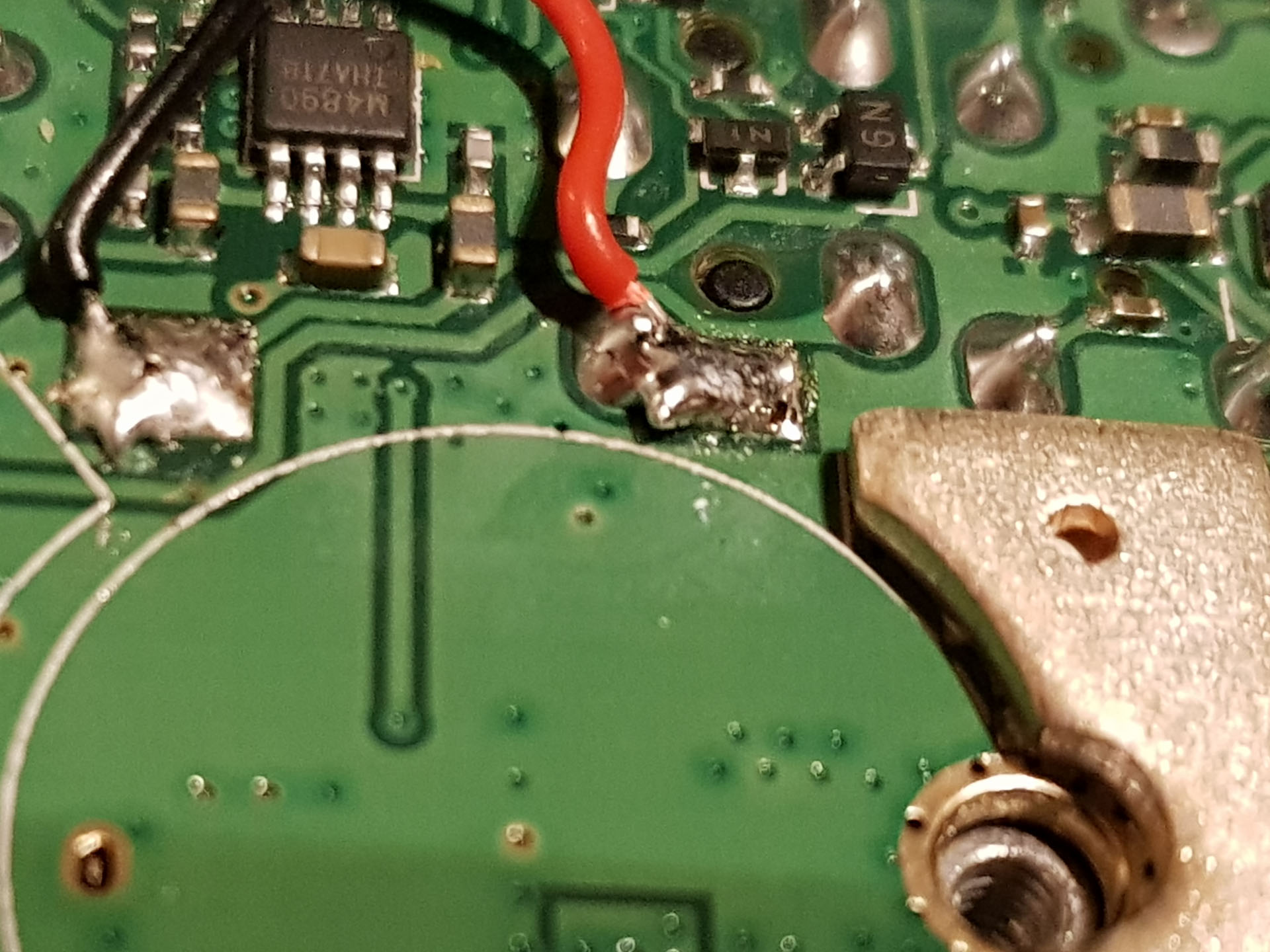
Removing the solid aluminium cover on the back takes a bit more time, as there a quite a few screws holding it in. But, this is the PCB side with all the goodies:
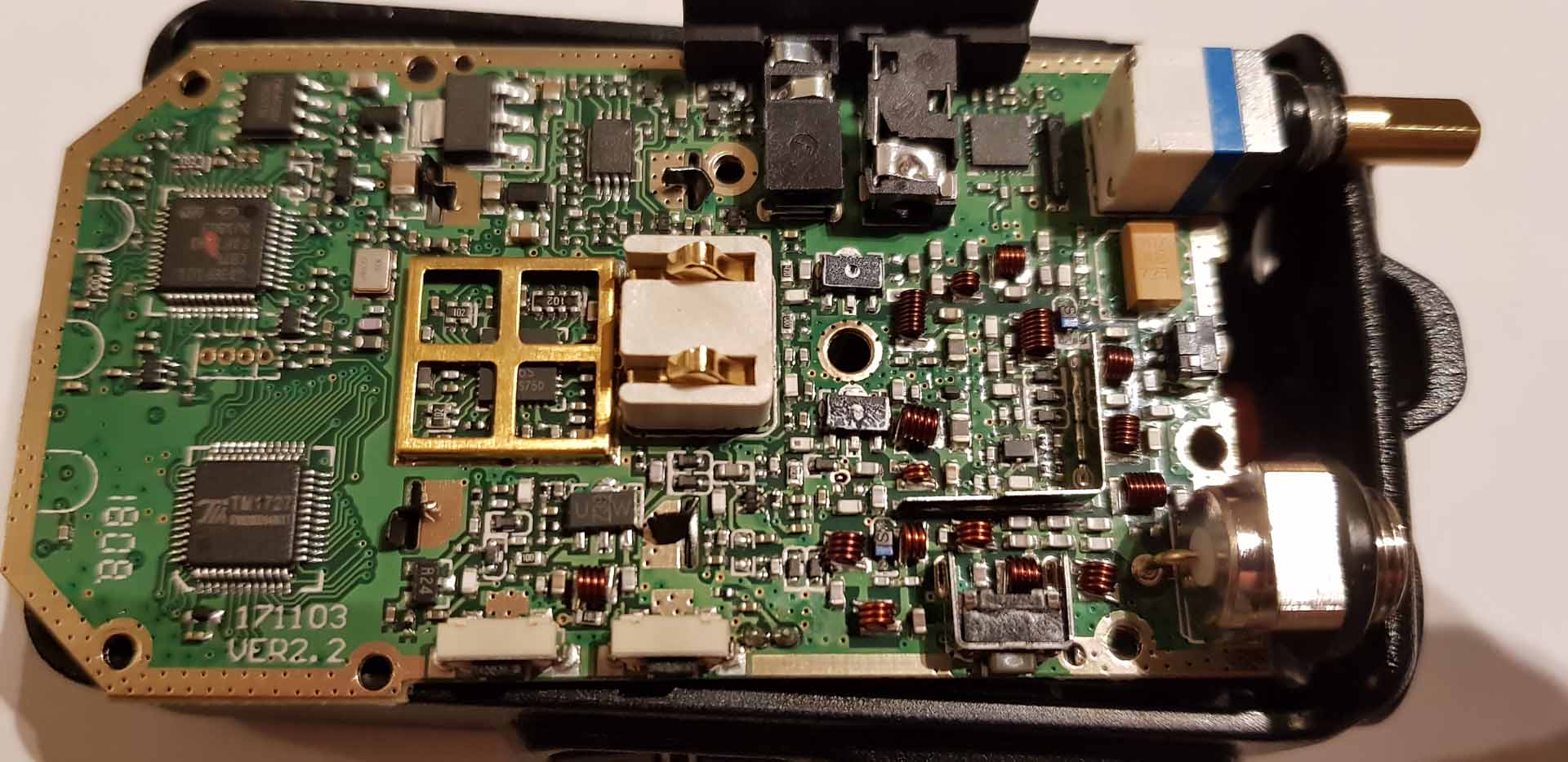
It looks like there is decent input/output filtering, definetely more than in a Baofeng.
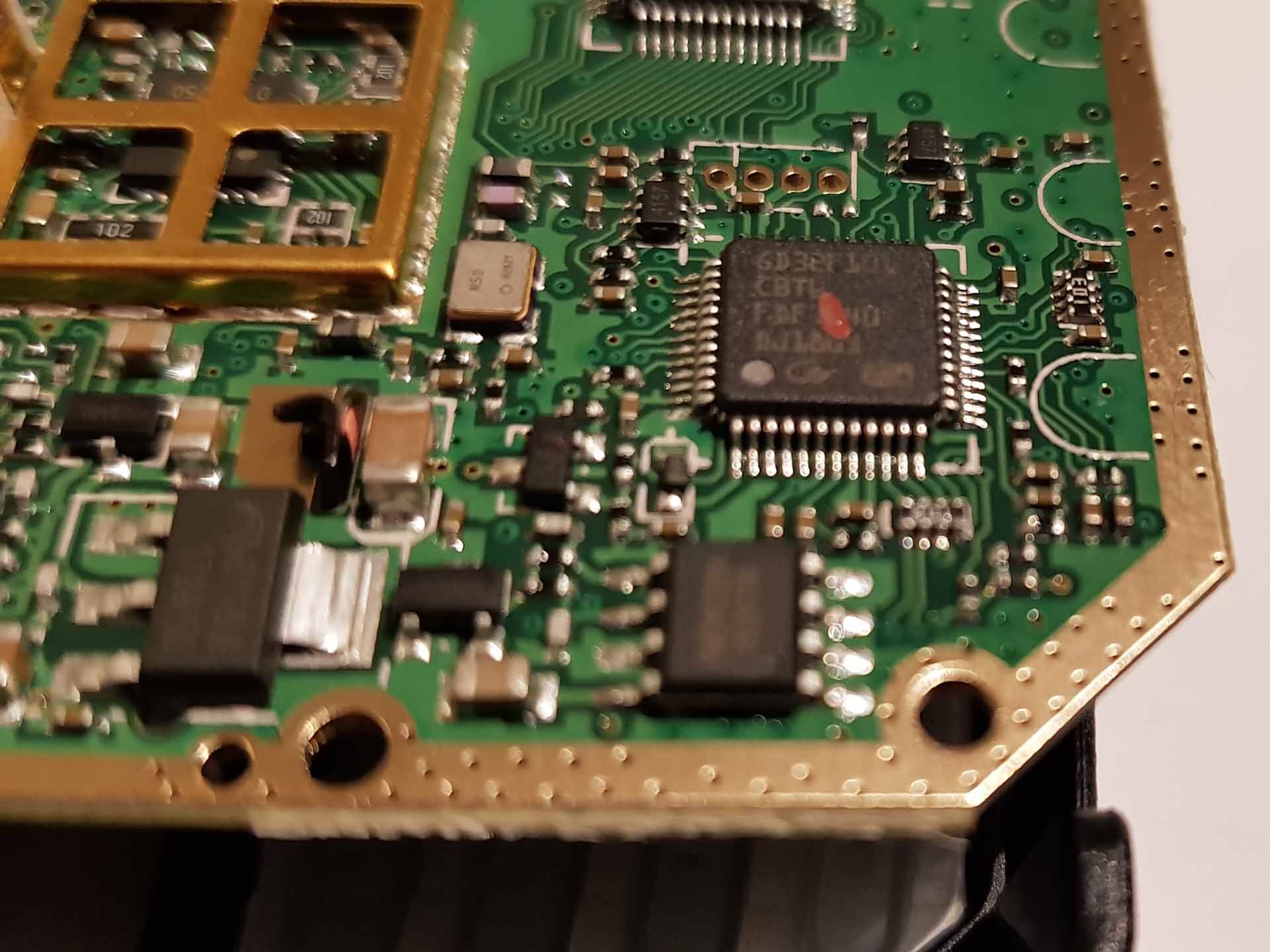
This is the brain of the radio, a GigaDevice GD32F101, an ARM Cortex-M3 microcontroller. Looking around the PCB, we can spot the RDA5802N FM receiver right next to the audio connectors:
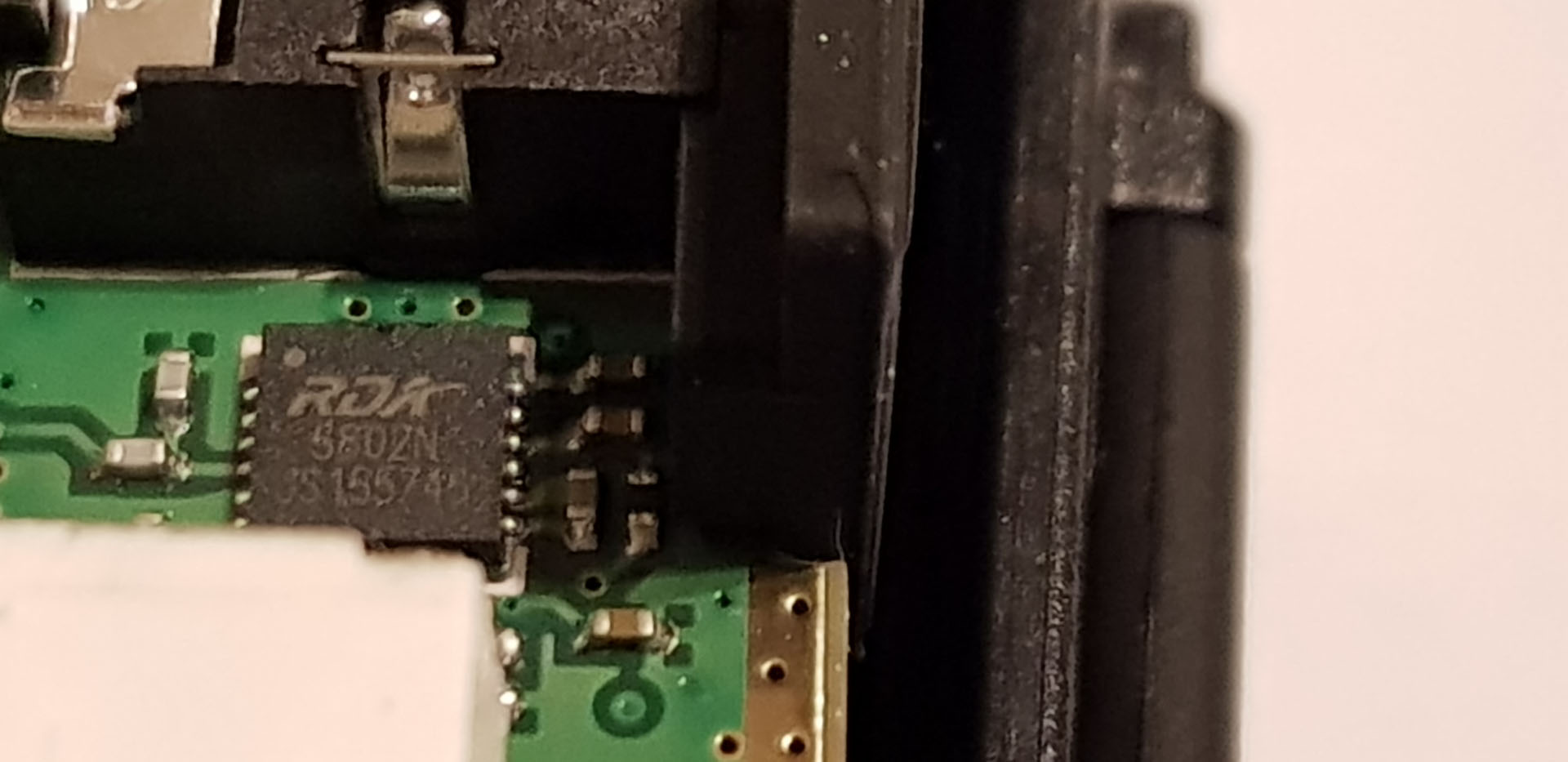
As by now I expected to find the infamous RDA1846S on the same PCB, the most probable place it would be under the small metallic shielding cage. Crafty people, you can’t properly see the markings on that chip, but there are enough clues:
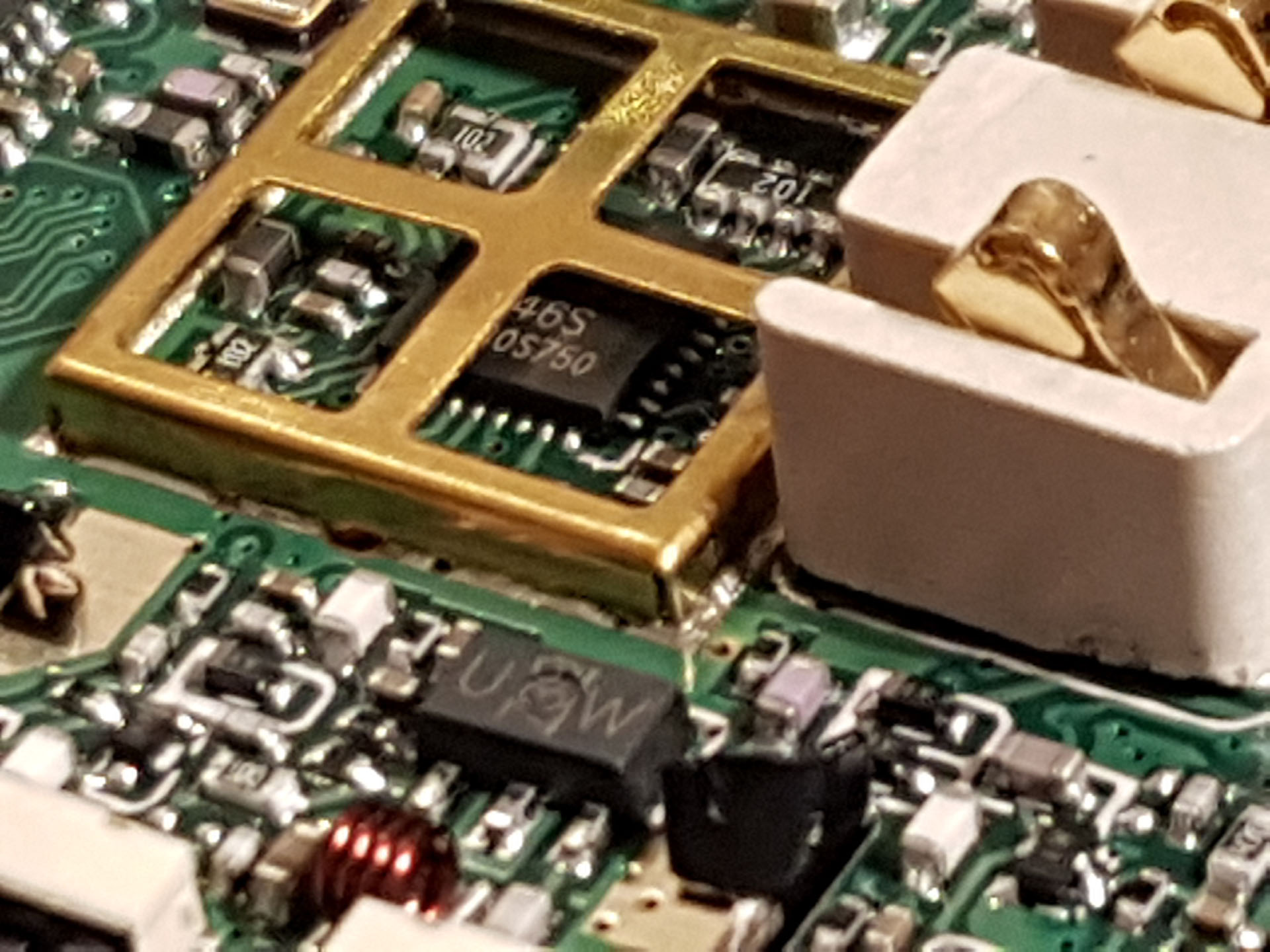
Yes, that’s a “46S” under there. It should start with an 18, and there it is (different angle):

So yeah, the rumours are true, the new Yaesu radios are redesigned Baofengs. Which is not necessarily bad.
Conclusions
I had to completely rewrite this paragraph after I discovered the internals of the Yaesu FT-4X are very common with a Baofeng. You get proper front-end filtering and the step in build quality is there, but Yaesu missed the mark in few important areas that Baofeng actually got right (or at least better). While the RF side is superior and it feels like a more robust radio, the user interface is the worst I’ve seen yet.
Ignoring the antenna connector problem I’d say It’s a reasonable outdoors radio with a bad user interface, maybe suited for infrequent use.

As closing comment, Baofeng/Kenwood accesories won’t fit, the FT-4X has different battery and audio connectors. Antennas are interchageable and the Baofeng UV-5R can be charged in the Yaesu FT-4X desk charger (but not the other way around). Unfortunately there is no AA battery case available for the FT-4X or its new family, like with older Yaesu handhelds.
Later edit: I had the chance to test the Yaesu FT-4XE, Yaesu FT-60E and the Baofeng UV-5R on the same mountain summit, near a VHF broadcast site, all on their stock antennas and with medium squelch settings. The conclusion is the FT-4XE is somewhat better than the UV-5R in terms of front-end performance, but it’s definitely far from the FT-60E.

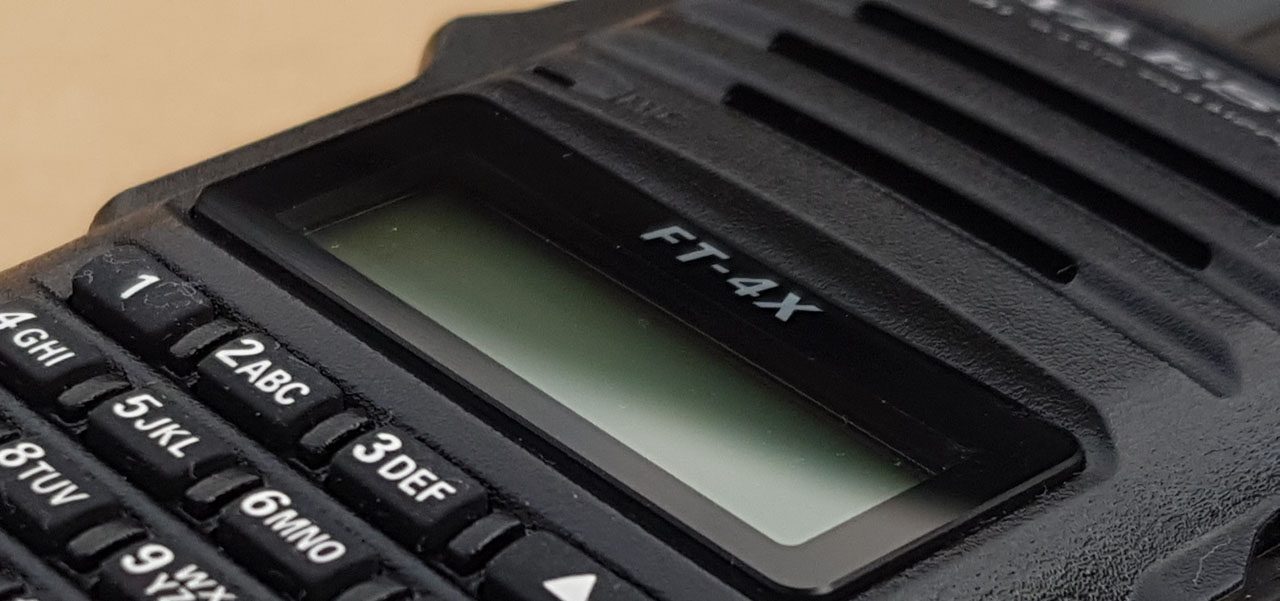
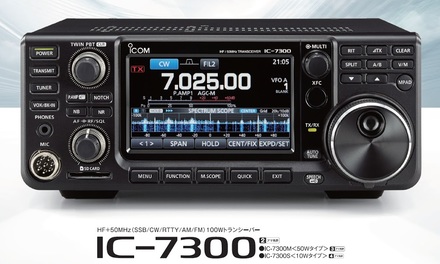
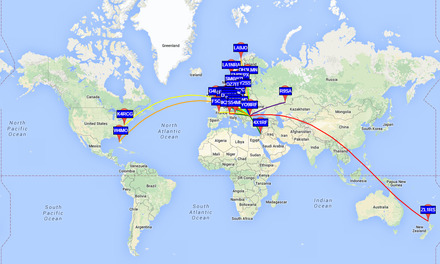


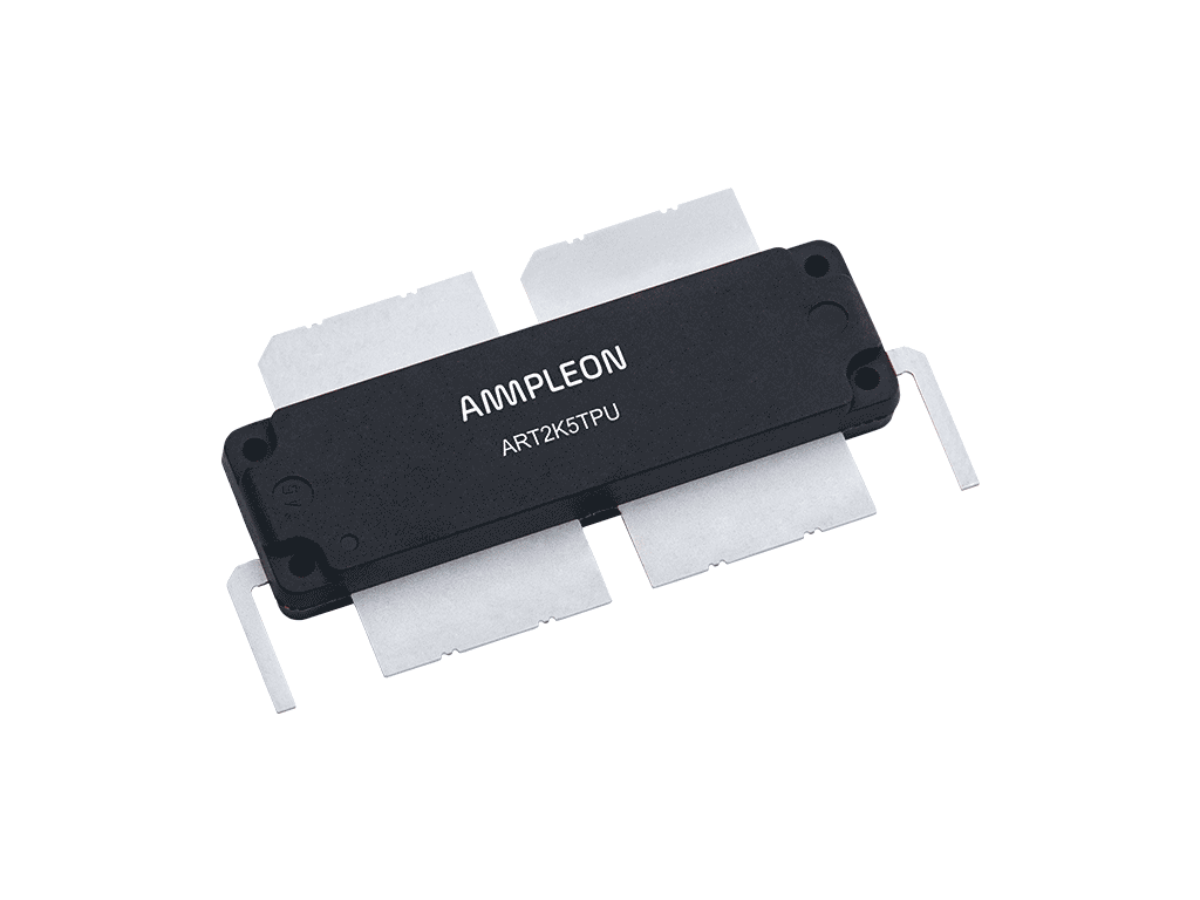
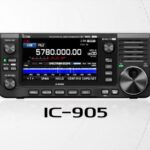
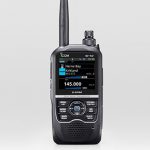
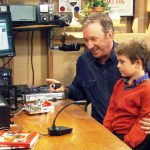
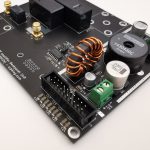
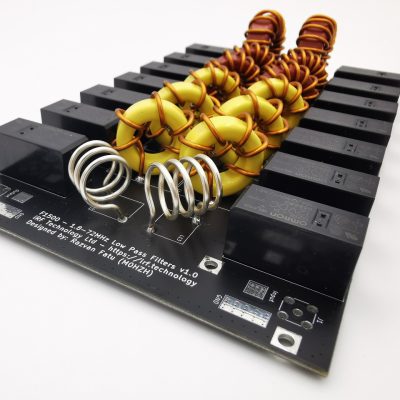
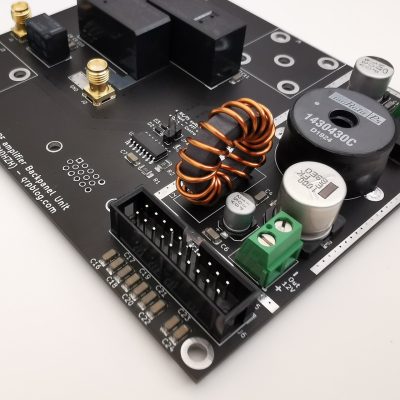
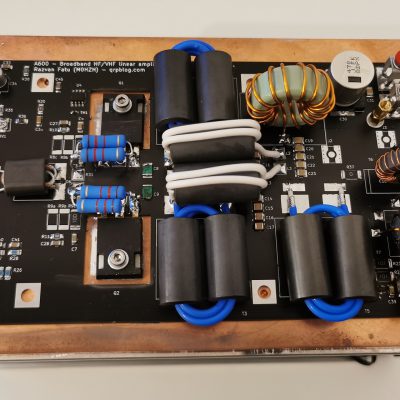
Yaesu has used PTT to save menu choices for decades. I have some single-band Yaesu HTs that were designed in the late 1980’s. Those were the first frequency-synthesized (non-crystal) HTs from Yaesu. They work like this.
https://www.universal-radio.com/catalog/ht/ft411e.html
Hi!
The memory channels in the FT-4X can accept independent receive and transmit frequencies that are not in the same band, as explained in the “Advance Manual” available from the Yaesu web site. This means the FT-4X can be used to work FM satellites like an FT-60, half-duplex. The memory channels in the FT-65 will not accept independent receive and transmit frequencies; memories in the FT-65 can hold a receive frequency and size/direction of the offset, provided the offset keeps the transmit frequency in the same band as the receive frequency. Using the two VFOs, or a combination of a VFO and a memory channel, could be a way to use an FT-65 to work FM satellites – without using a second radio to make a full-duplex station.
I figured the FT-4X was similar to a Baofeng, and your disassembly of the radio confirms that. I think the FT-4X performs better than the Baofeng radios. I have not put mine on test equipment to see how clean the transmitted signals are, but I would expect a Yaesu-branded radio would not have the issues that many Baofeng radios have.
73!
Hi Patrick, thank you for pointing out that chapter in the Advance Manual, I have edited the article after learning that’s actually possible. Indeed, it is another take on the cheap Chinese radio design after all, better built but missing the mark with the design. I will keep it for my outdoors adventures, it’s rugged enough to do the job and cheap enough not to worry if I lose it.
How could Yaesu make the already lousy Baofeng user interface any worse?! Anyway, my Baofeng UV-6R (not a very common model in the U.S., but it does appear on Amazon) DOES, for the most part, have menu items grouped together where it make sense. Also, in Menu mode just entering two digits brings you directly to that menu item. Try doing that with your FT-4XR, it may work. My Baofeng UV-6R actually meets FCC 47 CFR Part 97 in terms of unwanted emissions, but only barely when set to a few troublesome frequency and power level combinations. Plus I’ve only done accurate measurements with an HP 8595A Spectrum Analyzer when transmitting into a proper termination. I can’t say precisely how the radio performs into the likes of the crummy antenna that comes with it, but under casual measurement it doesn’t look any worse than with a proper termination. I have a few other more common Baofeng radios (e.g. UV-5R etc.) to compare with. None of them work as well as my one example of the UV-6R. My UV-6R was purchased in late 2017 for around $25 USD in person over the counter at a store called Jakarta Notebook in Jakarta, Indonesia. My UV-6R nameplate says it is the “7W” model (pffft don’t believe it) with S/N 156R82951. At some select UHF frequencies, my UV-6R will do to just a bit less than 4W output when set to high power mode. The UV-6R display is a very readable dot matrix type. I say you should toss the over-priced Chinese FT-4XR and for the same amount of money buy three or four Chinese UV-6R’s instead (Wink). Best 73’s, David WB4ONA
Hi David, I tried using menu shortcuts like on the Baofengs, the Yaesu doesn’t have them. I actually owned quite a few Baofengs and I still have an older UV-5R around, but for the benefits of better filtering, solid case and IP54 rating the FT-4X is probably worth the extra money. For regular use I guess the Kenwood TH-F7E is very hard to beat, but I wouldn’t take it out hiking in the UK rainy weather.
Cheers,
Razvan.
Oh, it is not a Baofeng because it missed the most important feature (probably under patent from China), the ultrabright LED!!! But the antenna is definetely a cheap Chinese one… 73 de YO3HJV
Hi Razvan,
very good review!
Only one thing, if I can.
About working via satellite and in general the cross-band with the FT-65, the Advance Manual says:
VFO Split Mode
When working on repeaters with odd splits, or communicating with astronauts on orbiting
space vehicles, it may be necessary to use nonstandard splits between the receive and
transmit frequencies. If the application is infrequent enough not to warrant the dedication
of a memory channel for this purpose, the “VFO Split” mode may be used.
So actually also the FT-65 can do that.
Hi, also thanks for this review. I must say that I quite disagree on a menu overview, mentioned by you. It’s just a typical Yaesu “classic” style menu type, used for many years in their handhelds and also in many mobile transceivers from this manufacturer. Yaesu owners will find it to feel like-at-home. So this interface is quite a standard one. Also alphabetical sort order seems to be quite intuitive for me.
I don’t think that everyone agree that CTCSS or DCS needs some type of “grouping” with repeater settings, as this may be also used separately with simplex (BTW, while DCS, for example, is not used by any repeater I know in my country – Sierra Papa). In such tiny menu and simple display that kind of grouping rather may lead to confusion and questions like “why this is not in an alphabetical order?” 😉
Could you write something more on your observations on filters implementation on the PCB? Yes, definitely this radio has working filtering, contrary to Baofengs and signal receiving in an urban area is comfortable.
As a short summary, I must say this a nice little handheld, good to slip into a pocket, just a little bigger than VX-2/VX-3 but with full 5 Watts
and a proper battery, and robustly built. In the market of low budget HT’s it somehow fixes some annoyances of Baofengs. It’s very nice, especially for this price tag.
Agreed, the menus are the same as every other Yaesu handheld from the past 30 years. My VX-6R has “SQL TYP”.
This is a Yaesu radio with Yaesu firmware using the same chipset as Baofeng. It is NOT a Baofeng. Using an RDA AT1846S single-chip transciever does not make it a Baofeng any more than using an Intel CPU makes a Mac a Windows PC.
The conclusion is the FT-4XE is somewhat better than the UV-5R in terms of front-end performance, but it’s definitely far from the FT-60E. So it’s not a Baofeng. Just like radios. Just because they use the same DSP chip they most certainly aren’t all the same.
I own both and the Yaesu is far and away not a Baofeng.
“Baofeng/Kenwood accesories won’t fit, the FT-4X has different battery and audio connectors.”
It’s the same connector/connection layout as some types of Motorola handhelds. And CP040 accessories, for example, are working.
Just to make it clear: Motorola compatible speaker/mic or earphone/nic ofcourse, not the battery.
Any idea to get a better modulation audio or should I say a greater FM-deviation with the FT-65? It is poor compared with the FT-60 where an alignment procedure is available…
Hello,
I have a Yaesu FT4XE + SCU-35 Original. That’s how I bought from Anico Romaia.
I already know 3 FT4XE stations that can not be programmed by cable “CTCSS tone repeater function”
PC writes the station but NOT CTCSS tone.
Very similar to what you see here: https://www.dk9jc.de/blog/equipment/168-yaesu-ft-65-ft-25-ft-4xe-ft-4vr-diy-programming-cable-scu-35
What are you advising me? Do you use a programming cable?
Transceiver is of a friend I have Yaesu FT 70, another soft, other programming hub.
Googe translation, sorry.
Hi Liviu,
sorry for the late reply, but I only now I got hold of a SCU-35 cable. For the transmit CTCSS tone to be active, you need to set SQL Type to T-TONE; just another example of awful UI design.
YO3FYO: this function works properly, I programmed many CTCSS based repeaters using Yaesu provided software and DIY cable (but it should works on SCU-35 as well). Please make sure that you enabled at least “T-tone” in “SQL type” column, because if you only set tone frequency, it will not be sent out. You must also enable tone transmit.
If you’re having problems with usage of Yaesu provided sofware for FT-4X, you can try with CHIRP. Newer builds are supporting FT-4X.
Do other people encounter the problem that when the ft4x has been put off while in normal single frequency memory mode it will then show the “-+” (split memory symbol) symbol when put ON again? I can get them away on start-up by setting function29 to OFF. Which is strange to, since this repeater function has nothing to do with split memory.
Anyway, after the device is on the “-+” icon will also dissapear when pressing v or ^ key.
Hi there,
Can I find mic and speaker wiring diagram for FT4V anywhere? How can I turn up the micgain, if possible?
The modulation of this radio is worse than V3R+.
I don’t see a mic gain setting in the manual. I downloaded it and searched it on my Mac.
Make sure that the deviation is not set to narrow. That is the WIN.DEV menu setting (also labeled “W/N.DEV”), described on page 32 of the manual.
https://www.yaesu.com/indexVS.cfm?cmd=DisplayProducts&ProdCatID=111&encProdID=E28C87590C67439440323C0FEDAC1BEB&DivisionID=65&isArchived=0
It takes the Yaesu SSM-512B headset, which also fits the FT-65R, so you might check the manual for that radio.
I need service manual. And. I need firmware mcu Gd32f101cbt6 .i need unlock mcu presses.
Trying to find the correct wiring connections I presume on a 2.5mm jack plug to program the FT-4XE. Like looking and finding Rocking Horse droppings. (i.e tip, ring and shaft of plug). Interestig coments all appreiciated. Most outlets have gone out of stock on the Yaesu SCU -35 leads and other places are asking stupid prices for the same. 73 to all de John – G0WXU.
Hi John, you’ll need a USB-to-serial converter, CH340 or similar. Here’s the wiring:
tip – not connected
ring – connect to RXD of CH340
shaft – connect to GND of CH340
You also need to connect a diode (1N4148 or equivalent), anode to RXD and cathode to TXD of CH340.
Razvan (M0HZH)
What is the brass threaded female “jack” used for on the FT-4 above the speaker/mic? Adapter for a programming cable? I really like this little “guy” and the speaker/mic sound is much better than a Baofeng and even the smaller Yaseu speaker/mic HTs I have. I like the FM radio band feature. I wait for the XYL out in the car and I can listen to the FM without the car accessory/radio going. Hi hi.
Some mic / speaker connectors have a screw to secure them in place; that’s the mounting hole for that screw. I don’t think Yaesu offers a mic/speaker/earpiece with that screw, but it is a standard for some other manufacturers (Hytera etc) and probably Yaesu wanted to keep that compatibility. Without it, the radio would probably not be able to meet the ingress protection (IP54) rating.
https://www.amazon.co.uk/dp/B07WGNHPM2
Hi, thank for the review, it helps me to decide to buy that radio.
I want to use it along with my son’s PMR. It’s on channel 4, DCS 44 (code 331), no CTCSS. I can receive well, but when I transmit, I am not heard.
Wideband transmit is enabled / 10-DCS.COD uses 331R and 331T / 36 SQL.TYP is DCS / 38 TN FRQ is OFF
Any hints ?
Pierrre: just to make sure – did you set code both for (R)eceive and (T)ransmit? As this radio uses separate CTCSS or DCS codes for TX and RX. From your post it looks like you did, but please make sure about it. You switch between T or R code that has to be set with *V/M button.
Hi Radek,
I finally found the problem. The frequency was not correct because 37 STEP was on AUTO, and it changed from what I typed (and I did not notice the change). The frequency offset was small enough that I could hear, but not be heard.
I modified the 37 STEP to 6.25 and re-set the frequency, and it is working now.
Thank you for your help anyways.
I have had the Baofeng UV-82+ for a week and I don’t like it. There is no filtering in the front end and any sort of noise (like my TV remote) will cause burps, squeaks and break the squelch which is set to 9. I’ve come across this FT-4x and it looks good. The memory storage includes “banks”, which means you can group repeaters and scan those individual groups. My mobile FT-7900 has this and it’s very useful. Can you confirm that the front end is filtered enough to reject intermods and other unwanted signals ?
Hi Razvan, I like this report .
I am also looking for a Yaesu . I plan to do some modifications.
I can not see it from the pictures.
Cab You tell me which ARM processor is being used?
Thanks for the extensive readup and test report, means I won’t be getting one, it means that Yaesu has let the ham community down and is just attemtpying to palm us off with S-IT from CHINA
At the end of the day a Baofeng under a Yaesu cloak, Yaesu you should be ashamed of yourselves making yourselves a non reputable manufacturer
I own both radios, the Yaesu FT4X and the Baofeng UV-5R as well as many other HTs. In this case I really prefer the FT-4X, but I think that Yaesu is lowering the bar with this kind of radios.
I know that they have to compete, but for loyal customers like me. I think Yaesu should review the strategy they are using to gain the lower end of the market.
73’s de LU9CNS
Hi RAZVAN Thankyou for the reply to my question.. I did eventualy get it sorted out. Quite pleased with the outcome for the price.73 de John – G0WXU.
Is the FT-4X really IP-54 certified? Many retailers list it as that, but in the officil yaesou website ( https://www.yaesu.com/indexVS.cfm?cmd=DisplayProducts&ProdCatID=111&encProdID=E28C87590C67439440323C0FEDAC1BEB&DivisionID=65&isArchived=0 ) does not claim this for FT-4, although they do emphasize it for FT-65. The official manuals also do not state anything about water/dust protection…
I wonder if this is just a marketing trick, or the radio really isn’t IP rated?
PS Thanks fot this helpful review.
Thanks this turned me off of the FT-4X and adjacent FT-65 once and for all. I’m likely to buy a Baofeng GT-5R as a cheap radio that fixes the worst problems (xmit spurs) of the UV-5R. The FT-60 is a much superior radio and I guess the price is not too bad, but it’s from an older generation, uses nimh batteries instead of li ion, is heavy and clunky, uses the other gender of SMA antenna connector from the Baofeng-compatible FT-65, etc. The Icom IC-V80 seems nice, lightweight, more modern, 2M only instead of dual band (I can live with that), but accessories are so expensive even compared with Yaesu that I want to stay away. I wonder if anything stops Yaesu from making a high quality modern HT that is at parity with the FT-60 and can be priced similarly. The FT-70 is not the answer because your RF performance tests show it to be more like the Chinese radios, plus it has Yaesu’s proprietary digital format instead of the somewhat more common DMR. Next step up is Anytone 868 and its derivatives, at $200+. They are nice but too spendy for me unless I’m going to be way more active than I am. Anyway, thanks again for the review.
hello, is it possible to use a Powerbank for Loading?
It is possible, but you will need additional circuitry (either a step-up converter or USB-PD trigger if the powerbank supports it).
Hi Razvan!
Amazing your blog on the FT-4XR is still going strong. I have had most all the radio brands at some time in my HAM realm. Some (most) really turn me off. I am totally into Yaesu. I just got the FT04XR from HRO today. I was simply looking for a decent, reliable, well-engineered and designed, and small HT. Wow! Yeah, the menu system is the typical “old-school” Yaesu system, which is fine for such a nice, small, light, and inexpensive HT. My rigs are the FT-4XR, FTM-300D, FT-991A and a recently sold FT-3DR. I was planning on the FT-5DR, but, as mentioned, I just needed something small, reliable, lightweight and a Yaesu. The FT-4XR fits the bill, though the menu system does seem to take me back in time.
And, sorry but totally no — the FT-4X is nowhere close to a horribly cheap and crappy Baofeng. Why HAMs “seem” to Love those junk radios must be they’re cheap price. I will always choose quality even if the entire FT-4XR is manufactured in China.
Thank you for your review, I am having a problem with the squelch. After transmitting the squelch is wide open and I haven’t found in the menu how to adjust it.
Great little radio. Be careful regarding the water resistance… I took one of mine to the beach last summer. After being splashed with saltwater, it was permanently damaged. It actually still works (TX/RX) after drying out, but the display is trashed along with some of the keypad backlighting. Yaesu would not repair under warranty – water damage is not covered.
The FT-4XR is not IP54 rated. The FT-65R definitely is and page 10 of the manual makes that very clear. The FT-4XR manual makes no such claim nor does Yaesu in any of its sales literature. The FT-4XR and FT-65R might be visually similar but they are very different internally.
Your complaint about the menu being in alphabetical order made me laugh. One of the complaints about the menu on FT-891s is that they grouped things according to function vs. the FT-847(?) where it was alphabetical. I guess you can’t please everyone. 🙂 73.